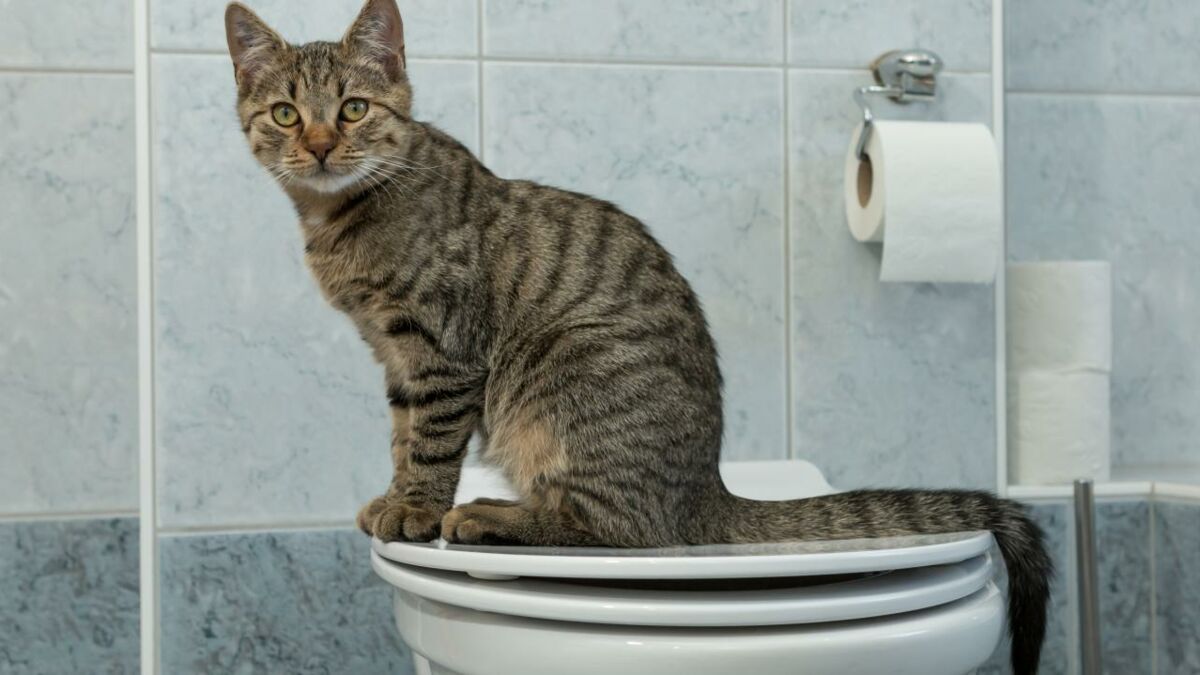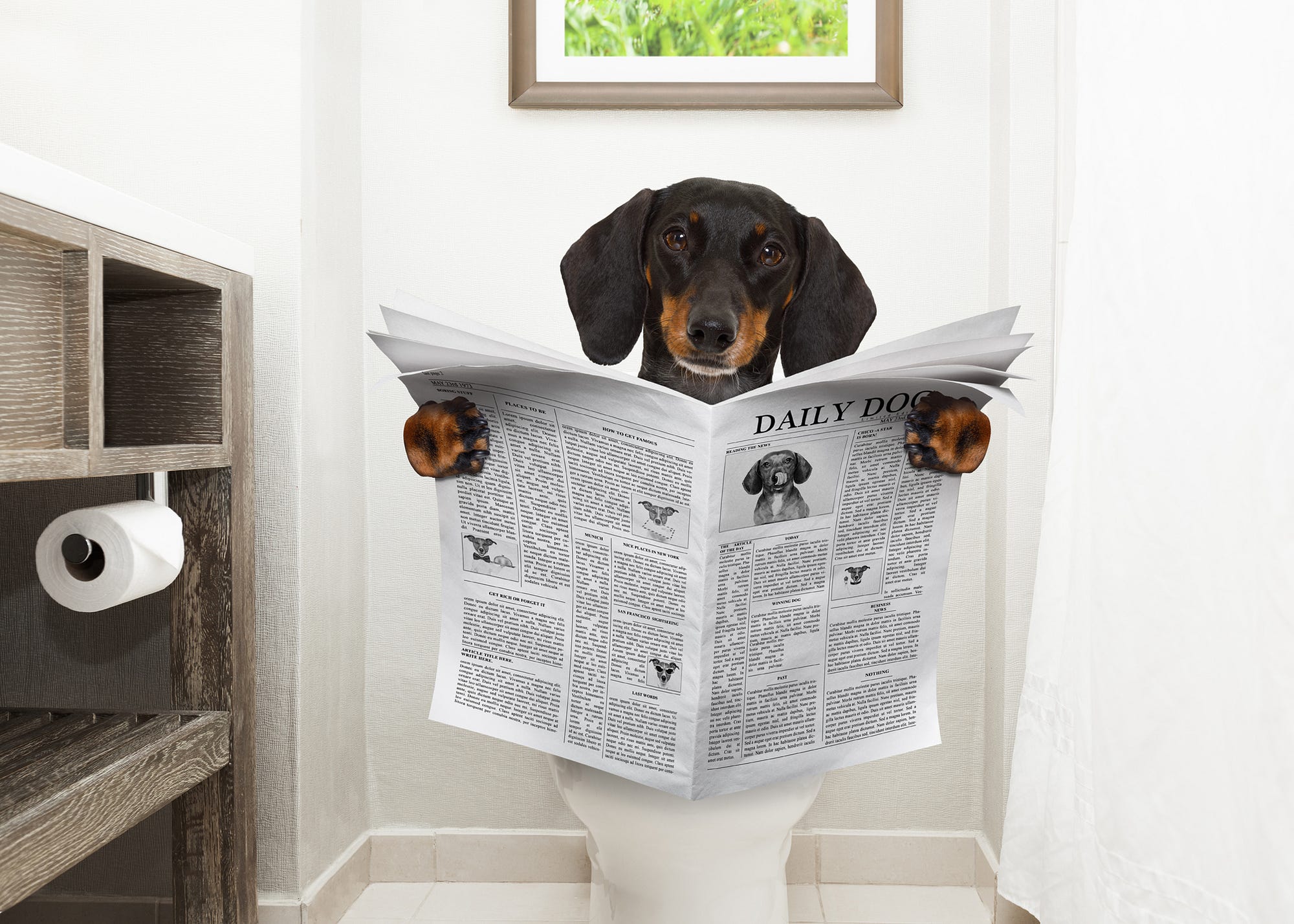Why You Ought to Avoid Flushing Animal Waste Down the Toilet
Why You Ought to Avoid Flushing Animal Waste Down the Toilet
Blog Article
They are making a number of good pointers relating to Should you flush animal waste down the toilet overall in this content further down.

When it concerns dealing with waste, especially animal waste, many people frequently consider the hassle-free choice of flushing it down the bathroom. However, this apparently simple remedy can have significant repercussions for the environment and public health. In this write-up, we'll explore why flushing pet waste down the toilet is a negative idea and supply alternate approaches for appropriate disposal.
Introduction
Correct waste disposal is vital for preserving ecological sustainability and public health. While it might seem harmless to flush animal waste down the toilet, it can result in various concerns, both for the atmosphere and human wellness.
Risks of flushing animal waste
Ecological influence
Flushing pet waste introduces hazardous bacteria and virus into waterways, which can negatively impact water environments. These microorganisms can infect water sources and harm marine life, interrupting fragile communities.
Public health concerns
Pet waste consists of unsafe microorganisms such as E. coli and Salmonella, which can posture major wellness threats to people. Flushing pet waste down the toilet can contaminate water products, resulting in the spread of conditions and infections.
Alternatives to flushing
As opposed to purging pet waste down the bathroom, there are numerous alternate disposal techniques that are extra environmentally friendly and sanitary.
Composting
Composting animal waste is an eco-friendly way to dispose of it. By composting, organic matter is broken down right into nutrient-rich dirt, which can be used to feed gardens and plants.
Landfill disposal
Disposing of pet waste in a land fill is an additional choice. While not as eco-friendly as composting, it is a more secure option to flushing, as it prevents the contamination of water sources.
Pet dog waste disposal systems
There are specialized pet dog garbage disposal systems readily available that securely and hygienically get rid of pet waste. These systems typically use enzymes to break down waste and get rid of odors.
Actions to proper animal garbage disposal
To guarantee proper disposal of animal waste, adhere to these steps:
Scooping and nabbing waste
Consistently scoop and bag animal waste making use of naturally degradable bags. This avoids waste from infecting the environment.
Using assigned waste containers
Dispose of bagged pet waste in marked waste bins, such as compost bins or garbage dump bins. Prevent flushing it down the bathroom in all costs.
Cleaning can and pet locations routinely
Routinely tidy litter boxes and animal areas to stop the accumulation of waste and microorganisms. Use pet-safe cleansing products to maintain hygiene.
Benefits of appropriate disposal techniques
Taking on proper disposal techniques for pet waste provides numerous benefits:
Minimized environmental pollution
Correct disposal methods lower the threat of environmental pollution, securing rivers and communities from contamination
Decreased threat of water contamination.
By avoiding flushing pet waste down the commode, the threat of water contamination is significantly decreased, securing public health.
Enhanced hygiene and health
Proper disposal approaches promote better hygiene and health, producing a safer atmosphere for both people and pets.
Final thought
Finally, purging pet waste down the commode is hazardous to the setting and public health. By taking on alternate disposal approaches and complying with appropriate waste management methods, we can lessen the adverse impact of pet waste and contribute to a cleaner, much healthier planet.
What To Do With Dog Poo – The Do's And Don'ts Of Disposing Of Faeces
Dog poo bins
Some councils provide dedicated dog waste bins in popular dog-walking areas that can take dog poo that has been bagged but you can legally dispose of dog waste in any public litter bin, as long as it is securely bagged. This also applies to your wheelie bin at home.
Do not flush
Water companies do not recommend flushing dog faeces down the toilet because certain parasites can survive the water processing treatment and are potentially harmful to humans. You should also never consider flushing dog poo that has been bagged down the toilet as the bags will not break down and instead create severe blockages in the sewage system.
In the woods
The Forestry Commission promotes a ‘stick and flick’ method for dealing with waste in the woods. This means finding a stick and using it to flick any poo from off the path so that it is out of the way of other walkers. You could also bury it as long as it is not in an area where there might be livestock.
Livestock
Parasites found in dog poo can be transmitted to livestock if they inadvertently eat infected faeces that has been left on grazing land. This could result in the death of sheep or abortion in cattle so you should always make sure you pick up your dog’s waste in fields where livestock could be present.

Routinely tidy litter boxes and animal areas to stop the accumulation of waste and microorganisms. Use pet-safe cleansing products to maintain hygiene.
Benefits of appropriate disposal techniques
Taking on proper disposal techniques for pet waste provides numerous benefits:
Minimized environmental pollution
Correct disposal methods lower the threat of environmental pollution, securing rivers and communities from contamination
Decreased threat of water contamination.
By avoiding flushing pet waste down the commode, the threat of water contamination is significantly decreased, securing public health.
Enhanced hygiene and health
Proper disposal approaches promote better hygiene and health, producing a safer atmosphere for both people and pets.
Final thought
Finally, purging pet waste down the commode is hazardous to the setting and public health. By taking on alternate disposal approaches and complying with appropriate waste management methods, we can lessen the adverse impact of pet waste and contribute to a cleaner, much healthier planet.
What To Do With Dog Poo – The Do's And Don'ts Of Disposing Of Faeces
Dog poo bins
Some councils provide dedicated dog waste bins in popular dog-walking areas that can take dog poo that has been bagged but you can legally dispose of dog waste in any public litter bin, as long as it is securely bagged. This also applies to your wheelie bin at home.
Do not flush
Water companies do not recommend flushing dog faeces down the toilet because certain parasites can survive the water processing treatment and are potentially harmful to humans. You should also never consider flushing dog poo that has been bagged down the toilet as the bags will not break down and instead create severe blockages in the sewage system.
In the woods
The Forestry Commission promotes a ‘stick and flick’ method for dealing with waste in the woods. This means finding a stick and using it to flick any poo from off the path so that it is out of the way of other walkers. You could also bury it as long as it is not in an area where there might be livestock.
Livestock
Parasites found in dog poo can be transmitted to livestock if they inadvertently eat infected faeces that has been left on grazing land. This could result in the death of sheep or abortion in cattle so you should always make sure you pick up your dog’s waste in fields where livestock could be present.

I was introduced to that editorial about Don't Flush Your Pets Poo Down The Loo, Vet Warns through an associate on another web blog. Are you aware of somebody else who is inquisitive about ? Feel free to share it. Many thanks for your time. Kindly come by our website back soon.
Website Report this page